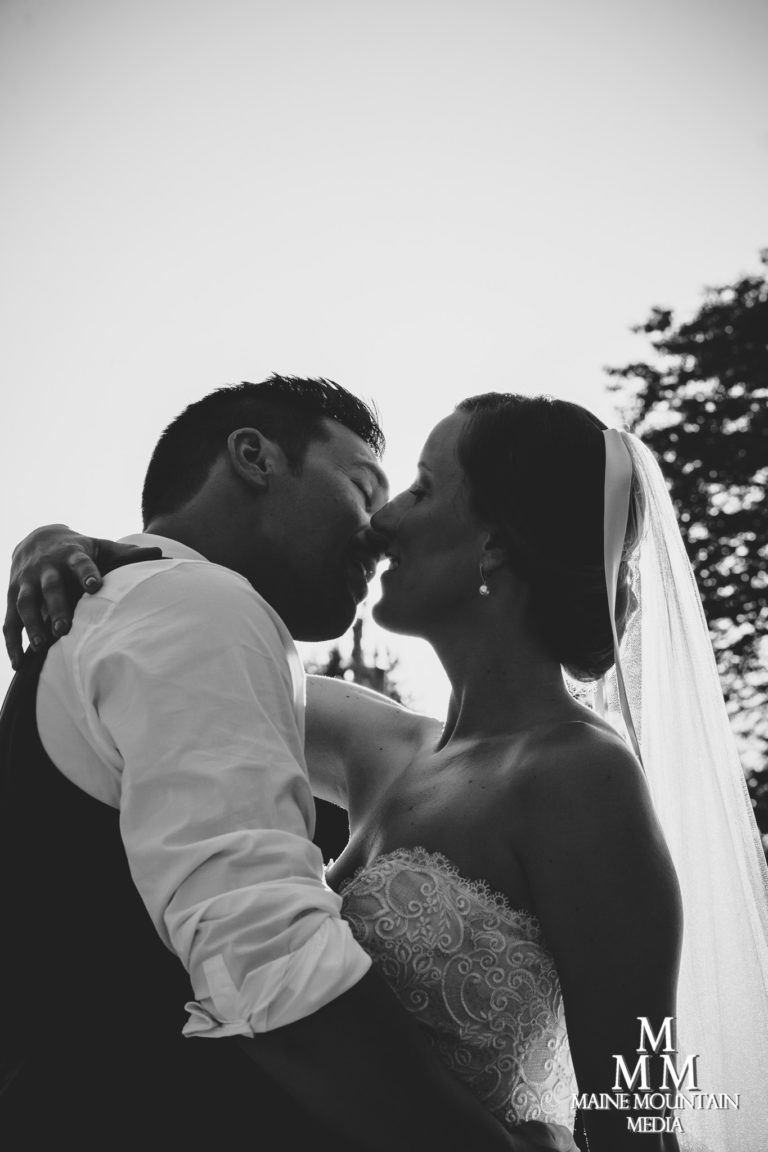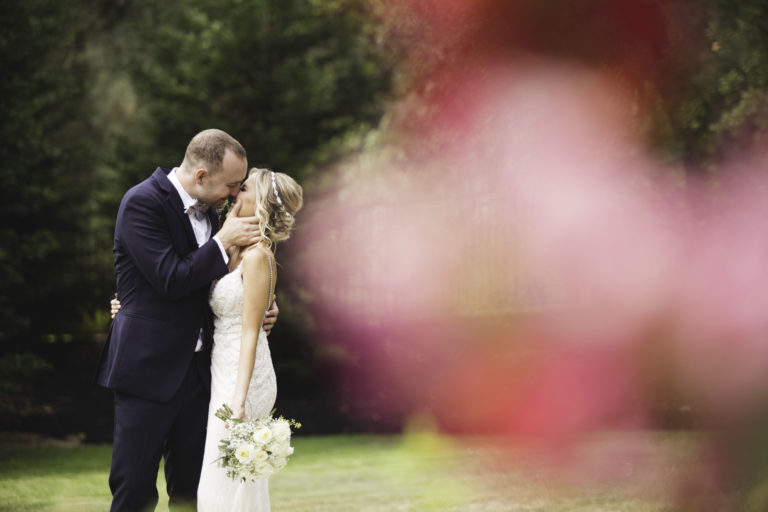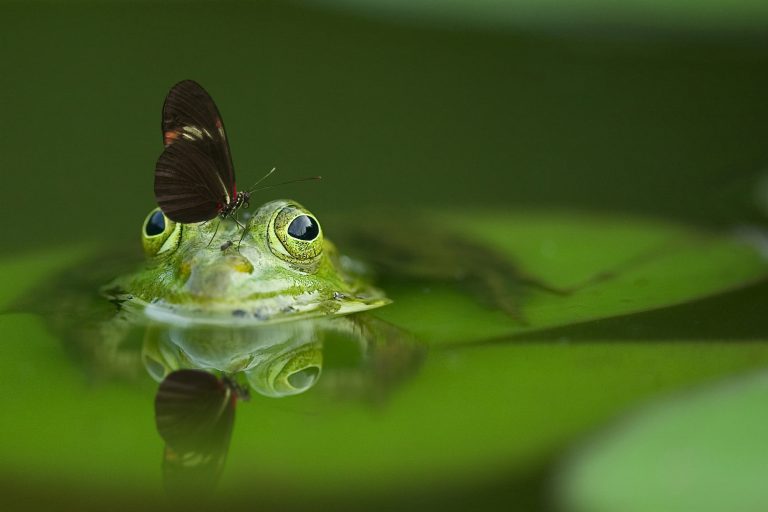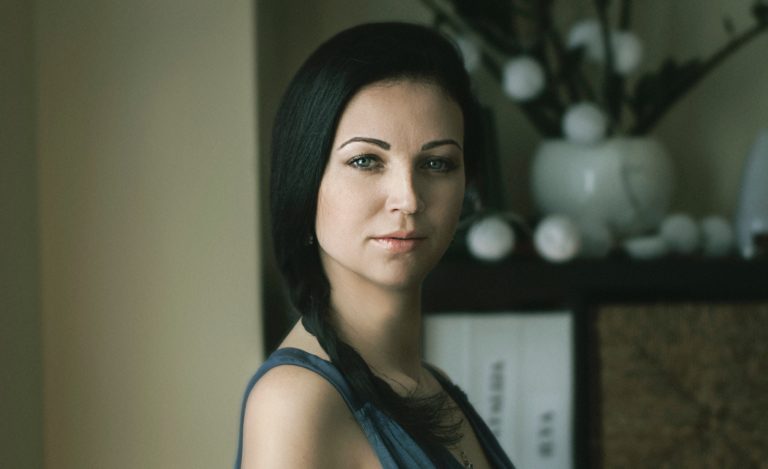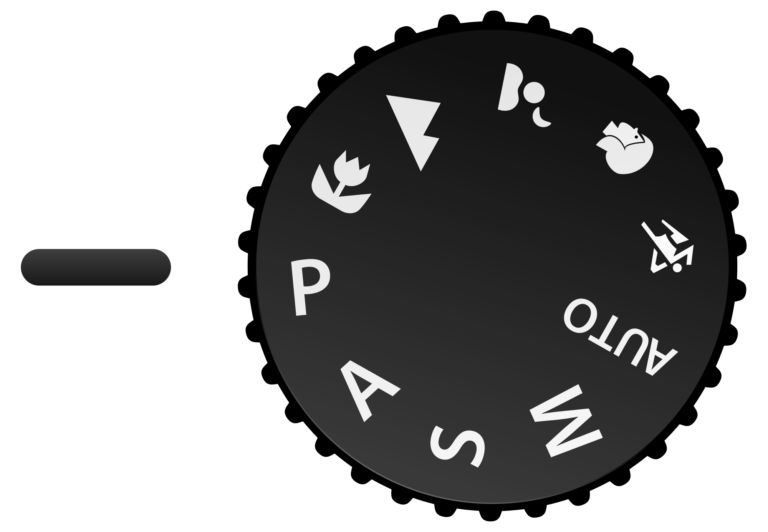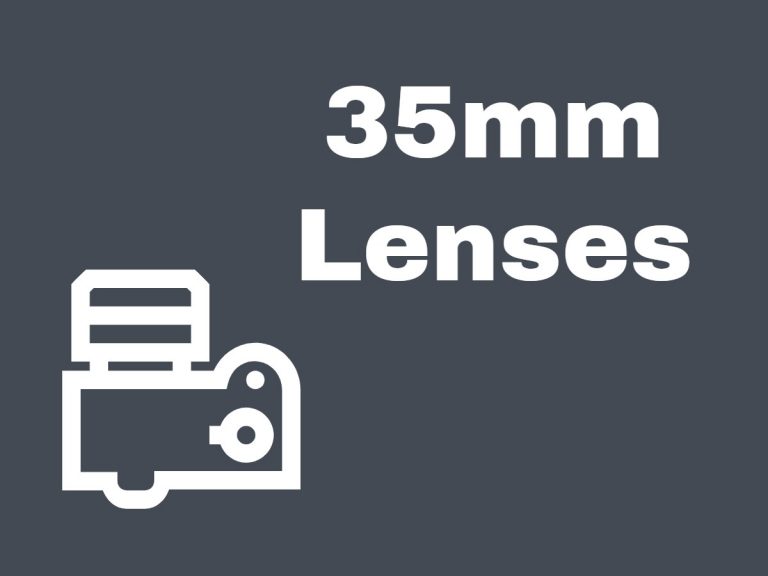40mm Street Photography: There’s a Lot to Like
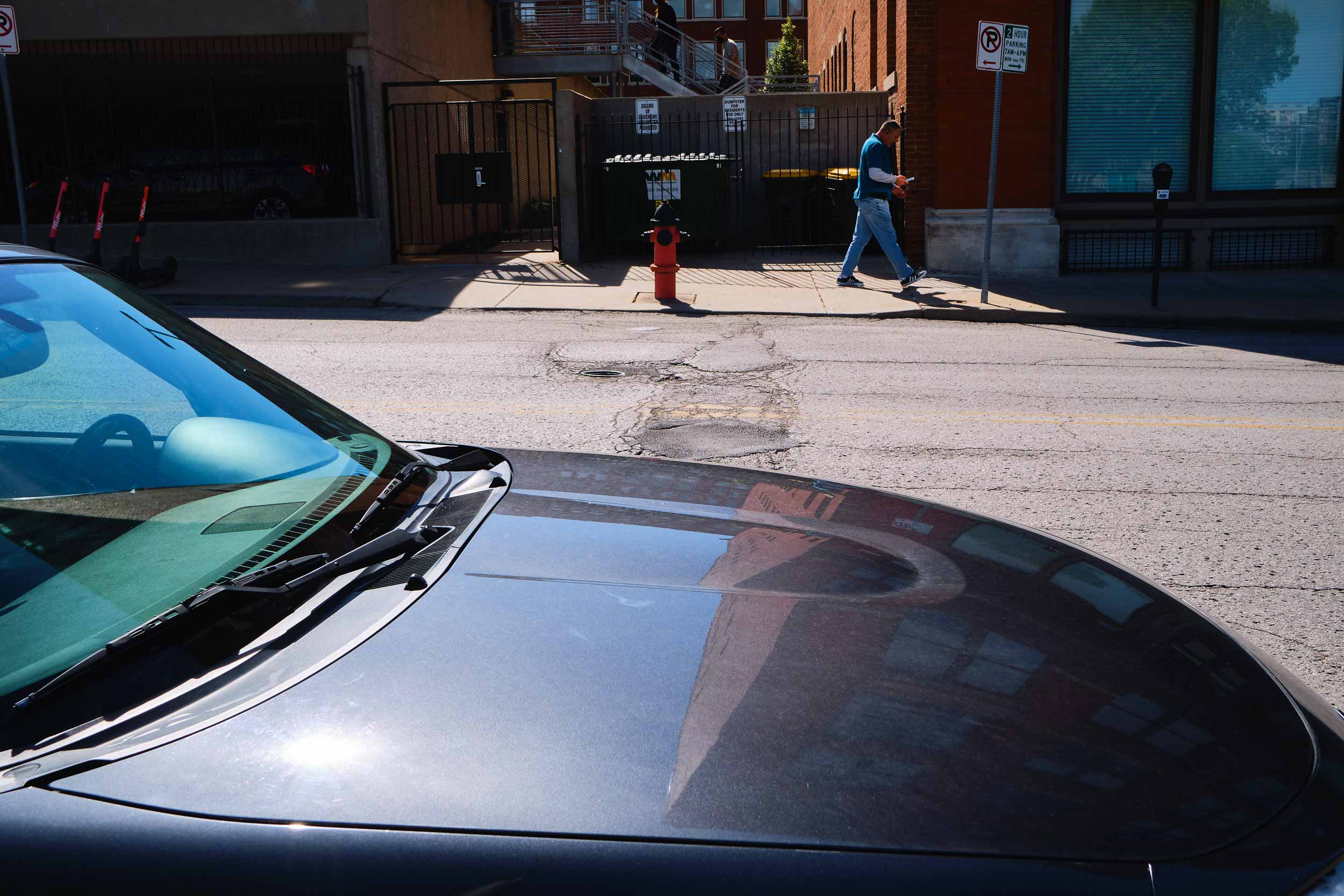
When I first swapped my usual 35mm lens for a 40mm focal length lens, I was certainly intrigued.
It’s compact and lightweight, making it great for the long walks I take doing street photography. The image quality is impressively sharp with minimal distortion.
Despite being a bit tighter in small spaces compared to a 35mm, the 40mm lens offers a wider field of view than the 50mm. It’s a nice balance, plus these lenses tend to be very affordable.
40mm street photography has really grown on me. I’m going to continue photographing with this focal length and adding my photos here.
Image Quality
In my experience, one of the advantages of a 40mm lens is its exceptional image quality, which seems sharper than many other lenses I’ve used for street photography. The images a 40mm lens produces are crisp, with great color rendition and contrast. This makes it an great choice for street photography, where freezing the action and getting sharp photos can make or break a shot.
If image quality is important for you, I’ve found that 40mm lenses don’t disappoint in this regard.
40mm Street Photography Image Samples
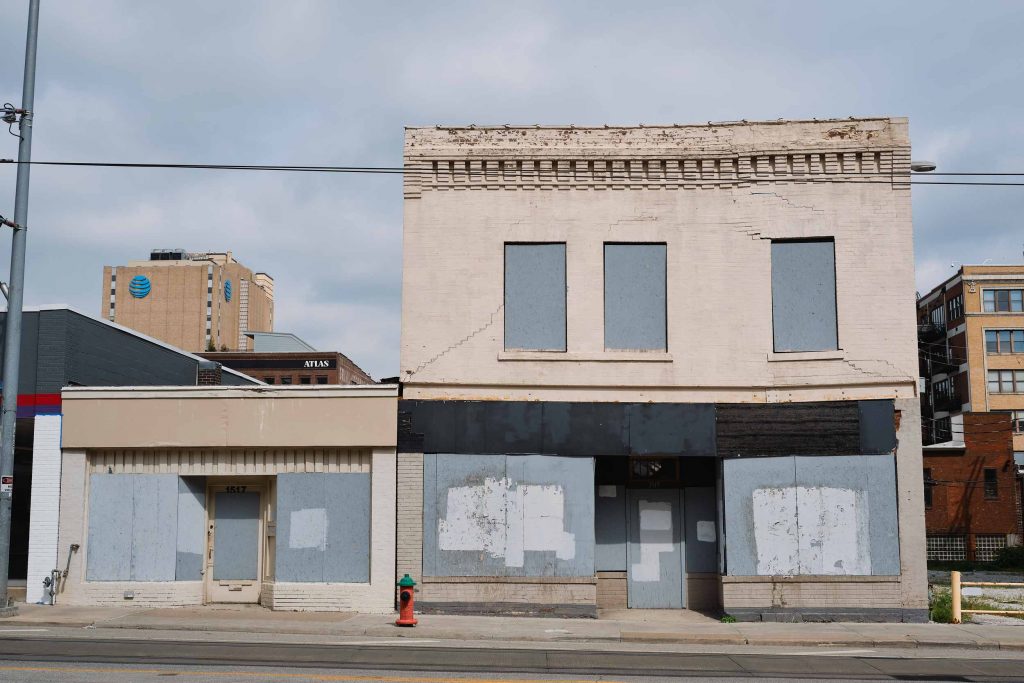
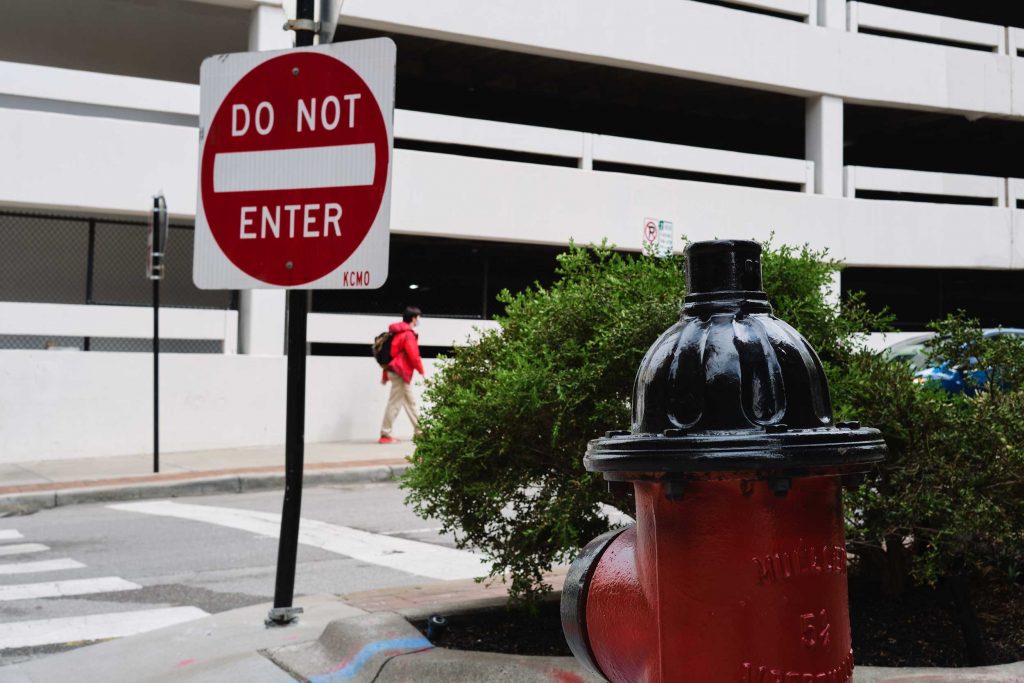
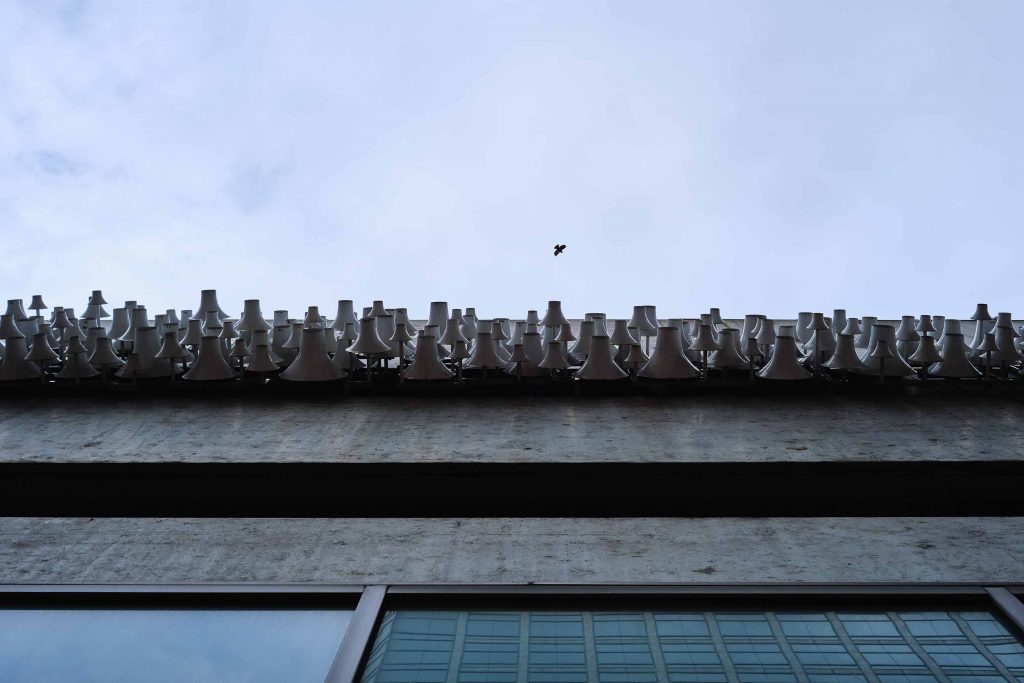
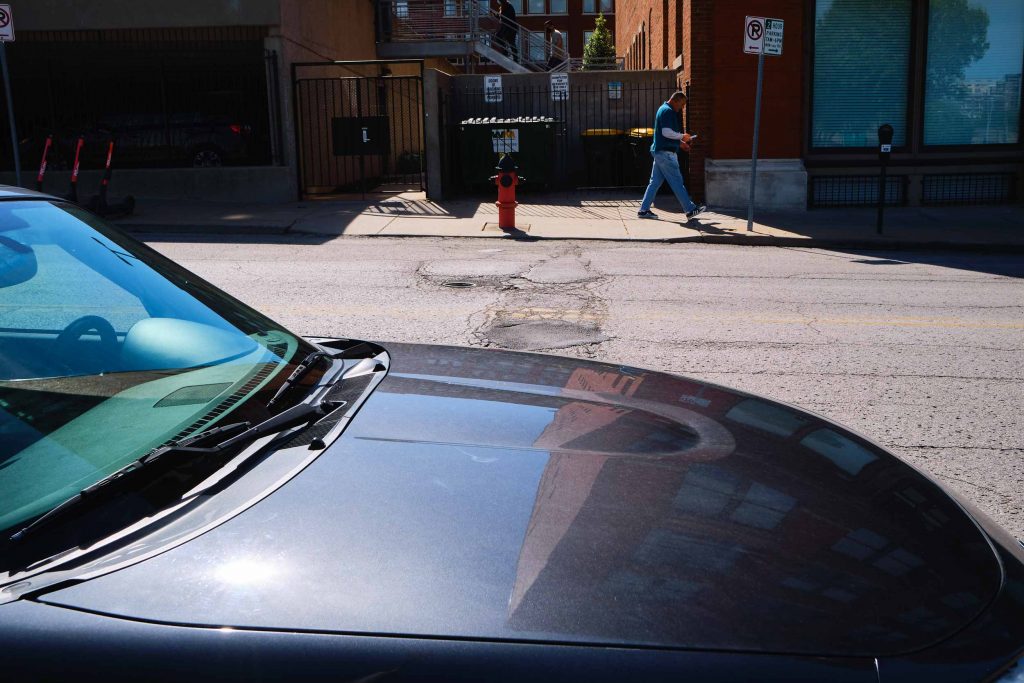
Field of View
Regarding the field of view, I’ve found that shooting with a 40mm lens offers a perspective slightly longer than a 35mm lens, yet noticeably shorter than a 50mm lens. This sweet spot provides a unique perspective for capturing street photography.
The 40mm field of view offers sharp image quality with minimal distortion. The lack of distortion is one potential small advantage over 35mm and wider lenses, as they do tend to distort in the corners. However, you can pretty easily fix that in post.
Despite the slightly longer focal length, I haven’t struggled too much with the transition from a 35mm lens. The only drawback is that the 40mm can feel a bit tight in smaller spaces. However, its field of view is refreshingly different, which can potentially inspire you and help you get out of a creative rut by mixing things up.
Size
The compact size of 40mm lenses makes it less obtrusive, which I appreciate for being more discreet while doing street photography. I also am more likely to take my camera with me when I leave the house when it’s compact. I don’t think you have to use the tiniest lens you can find, but it’s certainly nice if your gear makes it more likely that you’ll go out and produce work.
What’s nice about the 40mm lenses I’ve used is that despite their small size, they don’t compromise on performance, delivering sharp, distortion-free images.
Weight
Carrying a 40mm lens around for a full day of shooting is no problem, as the ones I’m aware of are very lightweight. The weight of any camera gear doesn’t seem like much until you carry it around for a full day. With heavier lenses, you definitely feel it in your shoulders, neck, and hands after long periods.
But with a 40mm lens, I can keep my focus where it belongs, on creating photography, not the strain of carrying my equipment.
Affordability
The affordability of 40mm lenses makes it a great choice for those looking to push their creative boundaries without breaking the bank.
I’m not sure why exactly, but the majority of 40mm lenses tend to be more affordable than other typical street photography focal lengths. I’m assuming it’s because the optical designs for 40mm lenses are easier for the manufacturers to produce.
Downsides
The only real downside I see for using a 40mm lens for street photography is that the focal length can be too tight in small spaces. I like the wider framing that a 35mm lens gives on sidewalks when pointing the camera towards storefronts, for example. And for even tighter spaces like on a subway, you would be better off using a 35mm lens or preferably a 28mm. I compared the 28mm vs. 40mm focal lengths for street photography here. I also compared 40mm to 50mm for street photography.
Also worth noting is that a lot of the 40mm lenses available have f/2 or smaller maximum apertures, which could be less than ideal if you like having those wider apertures or if you do street photography at night.
Conclusion
The convenience of the 40mm lens has been a nice change of pace for my street photography. The compact, lightweight design makes it easy to carry around, which is a practical aspect I can’t overlook. The optic quality is impressive, offering crisp, distortion-free photos that I’m looking for in a street photography lens. The affordable price tag doesn’t hurt either.
Admittedly, the adjustment from 35mm to 40mm was initially a bit challenging. However, the slightly longer focal length has opened up new perspectives for me, enriching my photographic experience. It’s a bit tight in confined spaces compared to 35mm, but it’s a compromise I’m willing to make for the benefits it brings.

